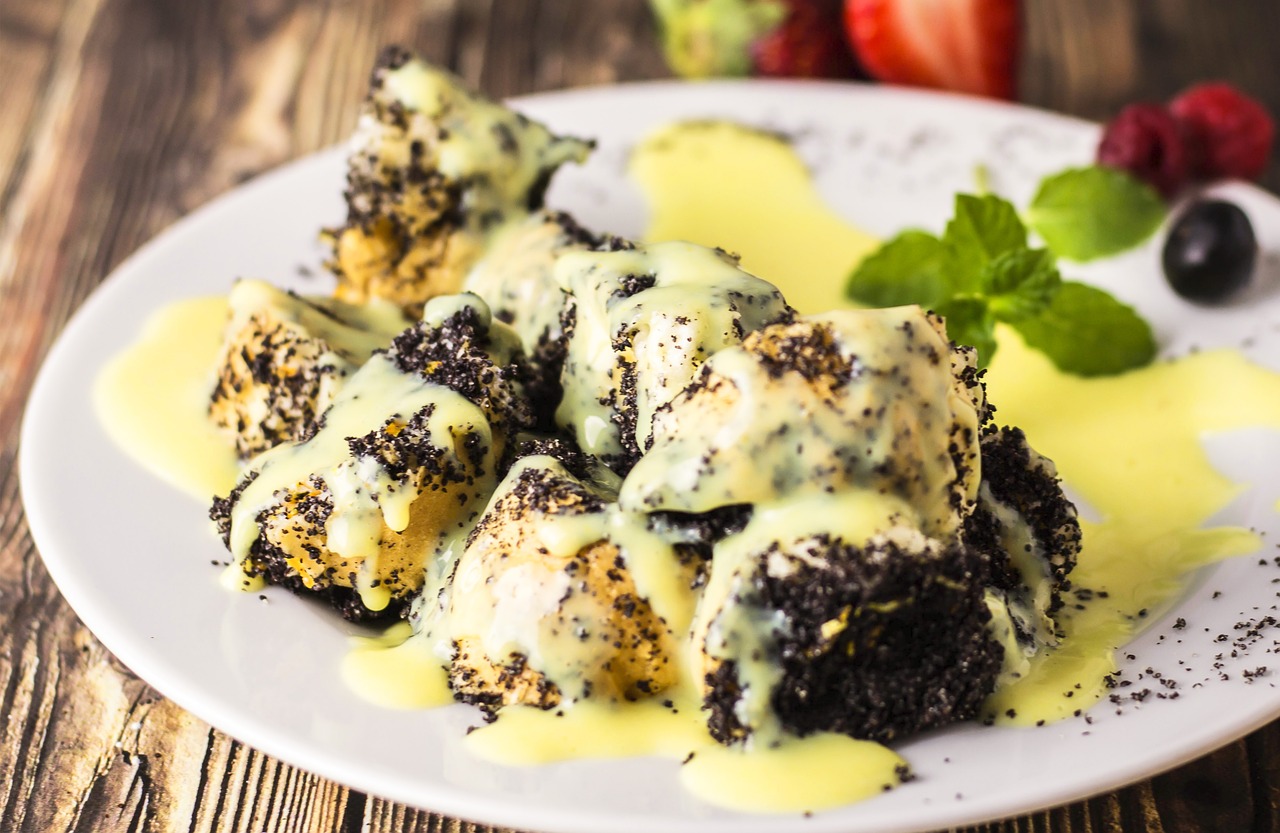Introduction
What if your favorite salad dressing was secretly sabotaging your health? Many store-bought dressings are loaded with hidden sugars, artificial additives, and empty calories. The good news? Sugar-free dressings offer a delicious, guilt-free alternative—without sacrificing flavor.
Whether you’re managing diabetes, following a keto diet, or simply cutting back on sugar, this guide will show you how to choose (or make) the best sugar-free dressings. Let’s dive in!
The Problem with Sugar in Dressings
Most commercial dressings—even “healthy” ones—contain added sugars. A single tablespoon of popular brands can pack 3-5 grams of sugar, turning a nutritious salad into a sugar-laden meal.
Why Avoid Sugar in Dressings?
-
Blood sugar spikes: Excess sugar can lead to insulin resistance and weight gain.
-
Hidden calories: Sugar adds unnecessary calories without nutritional benefits.
-
Artificial sweeteners: Some “sugar-free” dressings use harmful substitutes like high-fructose corn syrup.
A 2022 study in Nutrition Journal found that reducing added sugars in condiments can significantly improve metabolic health. So, how do you make the switch?
How to Choose the Best Sugar-Free Dressings
1. Read Labels Carefully
Look for:
✅ No added sugars (check for names like sucrose, dextrose, maltose).
✅ Natural sweeteners (stevia, monk fruit, erythritol—if needed).
✅ Clean ingredients (olive oil, vinegar, herbs, spices).
Avoid:
❌ High-fructose corn syrup
❌ Artificial sweeteners (aspartame, sucralose)
❌ Thickeners like maltodextrin
2. Top Store-Bought Sugar-Free Dressings
Here are some dietitian-approved picks:
-
Primal Kitchen Ranch (Avocado oil-based, no sugars)
-
Tessemae’s Lemon Garlic (Organic, keto-friendly)
-
Bragg Healthy Vinaigrette (Apple cider vinegar base)
3. DIY Sugar-Free Dressings (Easy Recipes)
Making your own ensures full control over ingredients. Try these quick recipes:
Creamy Avocado Lime Dressing
-
1 ripe avocado
-
¼ cup Greek yogurt (unsweetened)
-
2 tbsp lime juice
-
1 clove garlic
-
Salt & pepper to taste
Blend until smooth!
Balsamic Vinaigrette (No Sugar Added)
-
¼ cup extra-virgin olive oil
-
2 tbsp balsamic vinegar
-
1 tsp Dijon mustard
-
½ tsp garlic powder
-
Pinch of salt
Health Benefits of Sugar-Free Dressings
Switching to sugar-free options can:
✔ Support weight loss (fewer empty calories).
✔ Stabilize blood sugar (ideal for diabetics).
✔ Boost heart health (healthy fats from olive oil).
✔ Enhance nutrient absorption (fat-soluble vitamins in greens).
A 2021 American Journal of Clinical Nutrition study found that low-sugar diets improve gut health and reduce inflammation.
Common Myths About Sugar-Free Dressings
Myth 1: “Sugar-Free Means Tasteless”
Fact: Herbs, spices, and healthy fats (like avocado or tahini) add rich flavor without sugar.
Myth 2: “All Sugar Substitutes Are Bad”
Fact: Natural sweeteners like stevia and monk fruit are safe in moderation.
Myth 3: “Homemade Dressings Are Complicated”
Fact: Most take under 5 minutes with a blender or whisk!
Final Tips for a Sugar-Free Dressing Lifestyle
-
Batch-prep dressings for the week.
-
Experiment with flavors (try ginger, turmeric, or cilantro).
-
Use as marinades for meats and roasted veggies.
Conclusion: Ditch the Sugar, Keep the Flavor
Sugar-free dressing aren’t just a trend—they’re a smart, healthy choice for long-term wellness. Whether you buy a clean brand or whip up your own, your body (and taste buds) will thank you.
Ready to upgrade your salads? Start with one of our easy recipes today!
FAQs
Can I use honey in sugar-free dressings?
While natural, honey is still sugar. Opt for stevia or monk fruit for true sugar-free options.
How long do homemade dressings last?
Most stay fresh for 5-7 days in the fridge.
Are sugar-free dressings keto-friendly?
Yes, if they’re low-carb and made with healthy fats!










